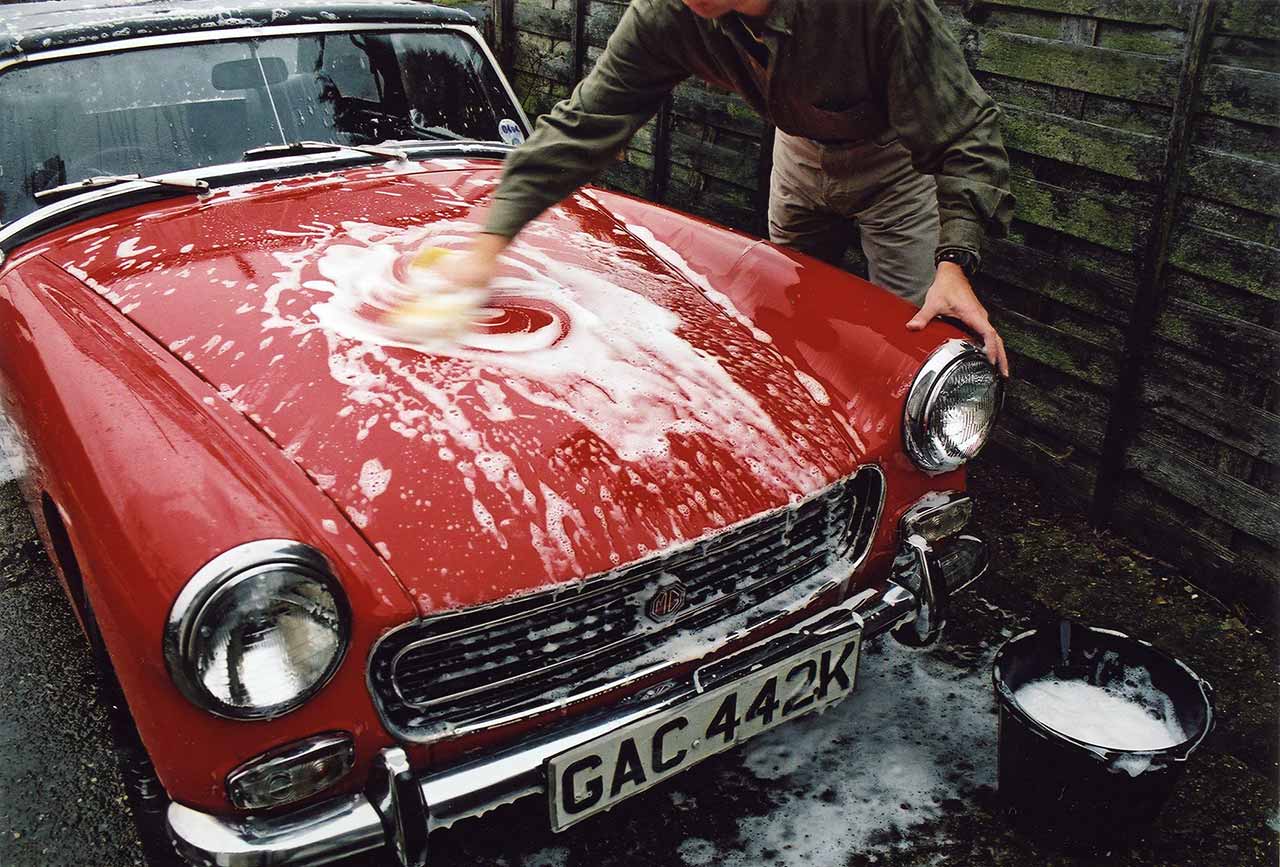They say in Britain that if you don’t like the weather, just wait a minute. Our little island has a climate so changeable you can experience all four seasons in a day, making clothing decisions tricky. Napoleon called us a nation of shopkeepers, but in reality we are a nation of umbrella carriers and anorak wearers. And because of that, people think I’m mad.
Outside my office sits a small, red sports car. Not a new BMW Z4, or even a nearly new Mazda MX-5. Not a ragtop Porsche or an Alfa Spider. But a draughty, leaky 30-year-old MG. It’s my everyday car.
By any sensible motoring measures my 1972 MG Midget is outclassed. For a start, it is slow. The willing 1275cc engine – a cheaper-to-build version of the Mini Cooper S unit – provides only 70bhp or so, and the Midget can just about run its speedo needle off the end of the dial at 100mph. That's a true top speed of, perhaps, 95mph. Most supermini hatchbacks these days are quicker, and most will beat the Midget away from a standing start, too.
My Midget is particularly noisy, as a previous owner has fitted it with an exhaust system that does little to reduce the sound level. In fact it’s so noisy you’d swear the exhaust system manufactures its own noise to add to that of the engine.
I suppose you’d say it was uncomfortable, too. The name ‘Midget’ means small, and in the cabin you can see why – I’m only average height, but I have the driver’s seat pushed all the way back on its runners. The unfashionably large steering wheel is only a short reach away, and there’s little elbow room. On the move the suspension soaks up smaller bumps easily enough, but the live rear axle transmits big potholes direct to the occupants.
It doesn’t spend as much time on the road as a modern machine, either. No because it’s unreliable – so far the little MG has been pretty trustworthy – but because it demands frequent maintenance, as little as every 1000 miles (600km). Yet the little MG makes a surprisingly strong case for itself, because it’s fun.
Modern cars can be fun, too, as I was reminded when I recently drove a handful of sports cars back-to-back – some classics, and some more modern. Mazda’s MX-5 is the ideal example: it provides terrific entertainment, with safe and responsive rear-drive handling together with a wonderfully refined engine that maintains a sewing-machine smoothness right up to its red line. But there’s something about the way the Midget involves its driver that makes driving the MG all the more rewarding.
The car doesn’t think for you, it doesn’t do the work for you. It’s a partnership between you and the machine. The Midget handles neatly enough to reward good driving, but leaves you to make all the decisions.
Compared to any modern machine it is slow, noisy, uncomfortable, needs absurdly frequent maintenance and emits far too much noxious material into the atmosphere. It is an irrelevance from a bygone age. A curiosity, not a method of transport. But there’s plenty that the Midget – and many other classic cars – can teach the car of today. Some of today’s cars, though safe and effective and maintenance-free, are uninvolving, soulless boxes, and you’d be mad to drive one.
